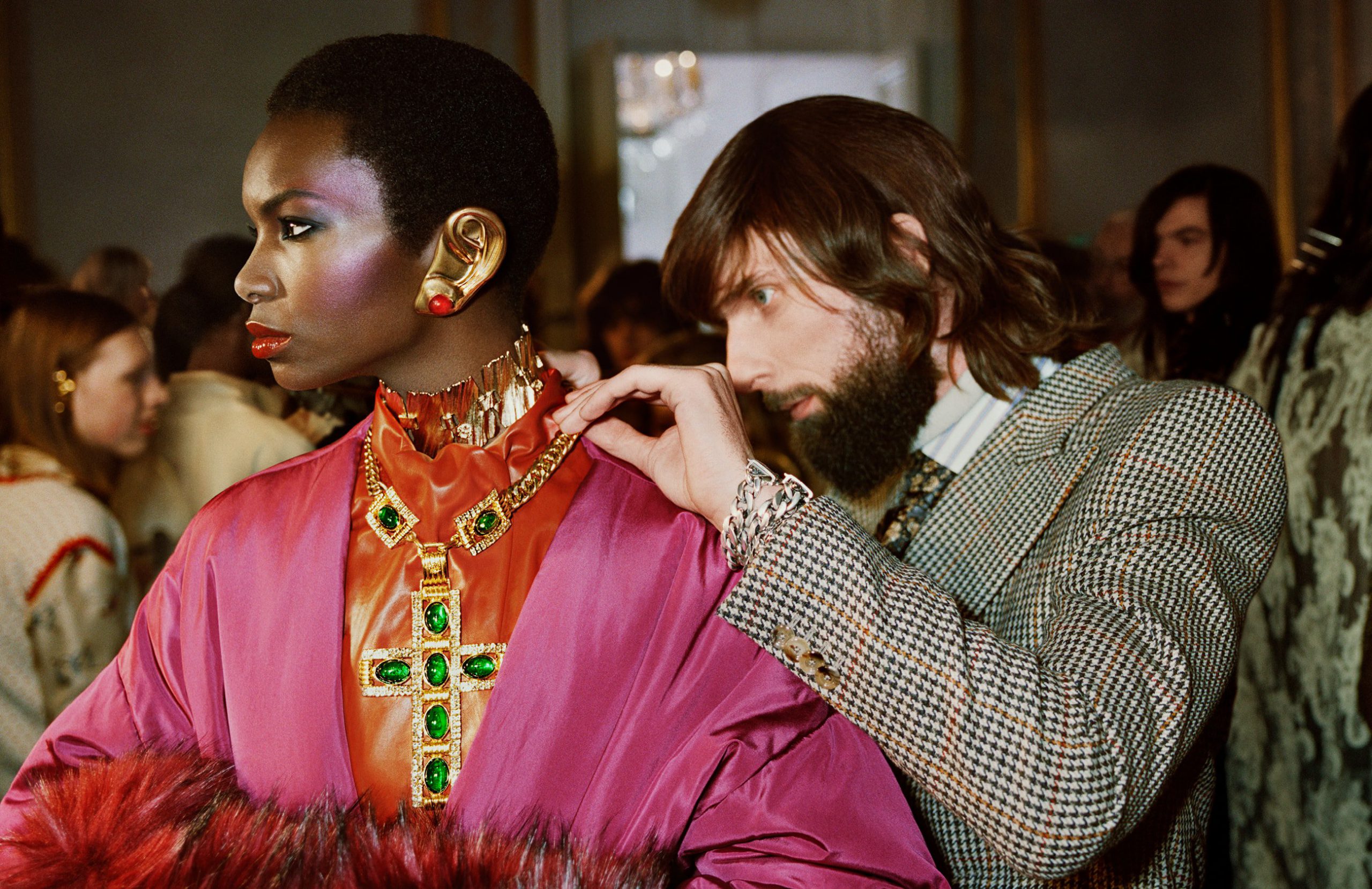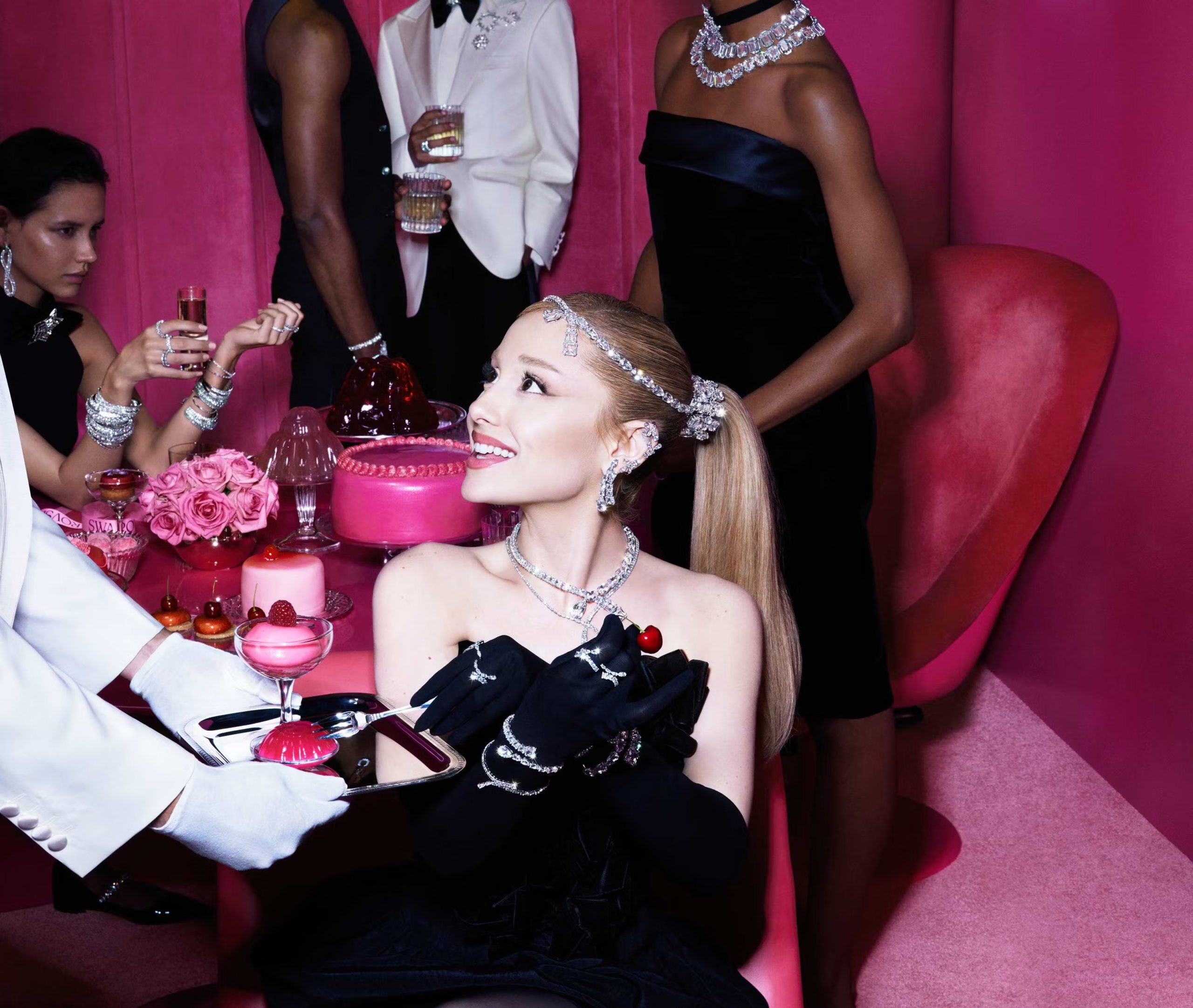Story MINH NHAT
Photos INTERNET
Can jewelry made by fashion brands compete directly with established artisans?

A dynamic market
In May 2023, Saint Laurent announced the launch of a completely new line called “Haute Joaillerie” (high-end jewelry). As a prestigious brand known for its menswear that “helps men break free from norms” (according to journalist Laurence Benaïm), the fashion house is confident that it can now master two primary materials: pure gold and diamonds. In addition, Saint Laurent has made efforts in sustainable sourcing, focusing on recycling precious metals to minimize environmental impact while ensuring the stringent quality standards of the industry.
The high-end jewelry race has unfolded over recent years with other fashion houses entering the fray, including Prada (2022), Balmain (2022) and Gucci (2019). It is clear that in the realm of gemstone competition, however, that legendary jewelry brands such as Cartier, Bvlgari and Chaumet hold an advantage over most fashion brands.
The same can be said of the luxury watch sector, a category with complex structures and such strong profitability that it has practically separated itself from the broader category of jewelry. And yet the growing vibrancy of the market has not prevented fashion houses from stepping into this space.

Gemstones represent a large and independent market, and the strategy for these items is entirely distinct. Today, the concept of luxury is increasingly associated with intangible values, not merely material demands, and resonates with the dreams of many people. Accordingly, the jewelry sector can easily reinforce its position, as the significance of gemstones can completely shift depending on context.
For instance, a diamond is an enduring symbol of an engagement, while a pair of gold rings represents lasting love and marriage. With the power of storytelling, in almost any situation handcrafted jewelry can convey status and financial prowess better than other ready-to-wear products available on the market.
Opportunities for fashion brands
It is evident that gemstone jewelry is a powerful product category, one that opens doors for fashion brands to fortify their luxury status. Directly competing with long-established jewelers is a way for ready-to-wear brands to assert that they possess both the resources and the expertise in gemstone craftsmanship to rival any artisan in sophistication.
At the same time, brand expansion in the 2020s has become a necessary trend. Finding a fashion house that does not intend to enter the fragrance or cosmetics market is increasingly rare these days. A successful brand now is not only capable of producing a complete apparel collection but can also guide customers into its unique ecosystem. When this ecosystem includes a range of affordable products, from lipsticks and perfumes to cafés and entertainment venues, jewelry emerges as the “trump card” that draws buyers’ attention to the core of luxury. Jewelry will never come with a budget-friendly price tag and serves as a showcase of the brand’s dedication to craftsmanship, rare materials and large-scale marketing campaigns.

Consumers interested in Prada’s lip balm are not necessarily the target demographic for the USD12,000 Eternal Gold necklace the brand launched in 2022. Thus, jewelry allows brands to reach customers across all social classes and payment capacities without compromising the luxury essence they have built over centuries.
Despite limitations in heritage and experience with gemstones, when fashion brands enter the jewelry market in the 21st century, they have room to embrace contemporary values. Examples include the environmental movement, including recycled gold, and even more advanced technologies like “green diamond” mining, a process that ensures environmentally friendly practices with transparent sourcing. Additionally, there is an effort to appeal to men, a segment of luxury jewelry consumers overlooked in the past.










